The incredible construction of the Chepe train.
The construction of the Chihuahua-Pacific train in Mexico was an ambitious and challenging project that took place in the 20th century. The idea of connecting the city of Chihuahua with the Pacific Ocean coastal state of Sinaloa through a railroad arose in the 19th century, but it was not until the government of President Porfirio Díaz in 1902 that construction began.
The train route crossed the Sierra Madre Occidental, one of the most mountainous and unexplored regions of Mexico. Construction of the train was a challenge due to the region's difficult geography, which included deep canyons and steep ravines. Furthermore, the technology available at the time was not up to the challenges posed by the construction of the train.
The section had to build a total of 653 kilometers of tracks, 86 tunnels and 37 bridges along of its journey from the city of Chihuahua to the city of Los Mochis, Sinaloa. The construction of these elements was a major challenge due to the region's mountainous topography and difficult climatic conditions. Furthermore, the construction of this railway line also faced political and economic challenges, as it was built at a time when Mexico was experiencing great political and economic change as were the years leading up to the Mexican Revolution. Despite these challenges, the line was built and has become an important means of transportation for people and goods in the region that would change its dynamics forever to this day.
The construction of the Chihuahua-Pacific railway line was an expensive and laborious undertaking, involving thousands of workers. According to some estimates, around 20,000 workers were employed during the construction of the entire stretch. The total cost of construction is difficult to determine precisely due to the changing nature of the Mexican economy at the time, but it is estimated that the total cost was around 1,133 million pesos. This figure included the cost of acquiring rights of way, construction of stations and facilities, as well as payment of workers' salaries. The most complex section, Creel-San Pedro (Sinaloa) was completed and inaugurated on November 23, 1961 with the presence of the President of Mexico Adolfo López Mateos.
The construction of the Chihuahua-Pacific train had a significant impact on the region, as it allowed the economic development and integration of the northern states of Mexico. In addition, the natural beauty of the Sierra Madre became an important tourist attraction thanks to the train.
Today, the Chihuahua-Pacific train (Ch-P) is better known as "Chepe" and is one of the most famous railways in Mexico. The train offers a journey through some of the most impressive landscapes in Mexico, including Copper Canyon. Travelers can enjoy stunning views of nature and experience the history and culture of the region.
Do not forget to take this tour on your visit to Creel and marvel at the natural beauties and admire the engineering work that began more than 100 years ago.
Remember to share this article and follow us on our social networks!
We leave you some sources consulted for your further information.
Spota, L. (1958). The Chihuahua to the Pacific railway: a company and a man. Mexico: Economic Culture Fund.
Moreno, A. L. (1978). Mexican Railways: history of a company. Mexico: Economic Culture Fund.
Hernández García, R. (2000). History of the construction of the Chihuahua to the Pacific Railway. Mexico: Autonomous University of Chihuahua.
Montemayor, C. (1978). The Chihuahua to the Pacific Railway: a business adventure. Mexico: Editorial Porrúa.


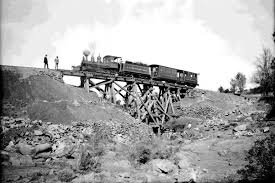




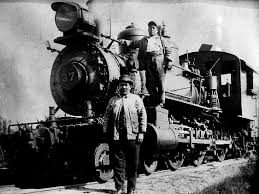


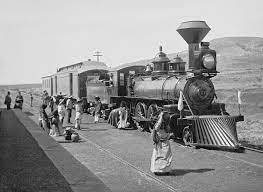
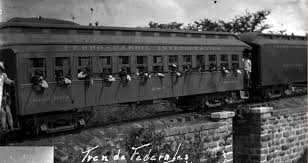
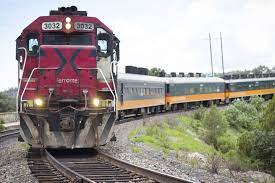
Comments